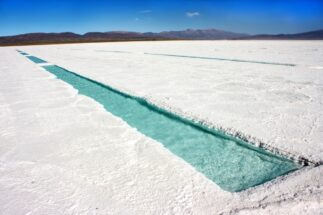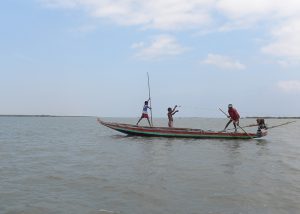In Hindu mythology, Yamuna is the sister of Yama, the god of death and resurrection. The 1,376-kilometre-long Yamuna river from the Himalayas to Allahabad – where it meets the Ganga – has clearly been resurrected due to the absence of industrial pollution forced by the Covid-19 induced lockdown all over India.
The river that flows through India’s capital was just as clearly dead before the lockdown. With the central and state governments now planning how to ease restrictions and restart factories, the fear is that pollution issues may get the short shrift.
But every disaster is also an opportunity to rebuild better, and a reminder of just how polluted the Yamuna was before the lockdown may be what the policymakers need to ensure that they do not repeat their mistake of failing to implement pollution control laws.
Before the lockdown, people driving on one of the bridges over the Yamuna in New Delhi always had their windows closed to keep out the stench. They could hardly believe that this river once supported a whole community of fishers, some of whom still live on her banks because they have nowhere else to go, and struggle to make a living.
Some of New Delhi’s Yamuna bank slums also house migrant fishers from other states, with Bihar and West Bengal taking the lead. The men join the same struggle for fish while their wives and daughters work as domestic help.
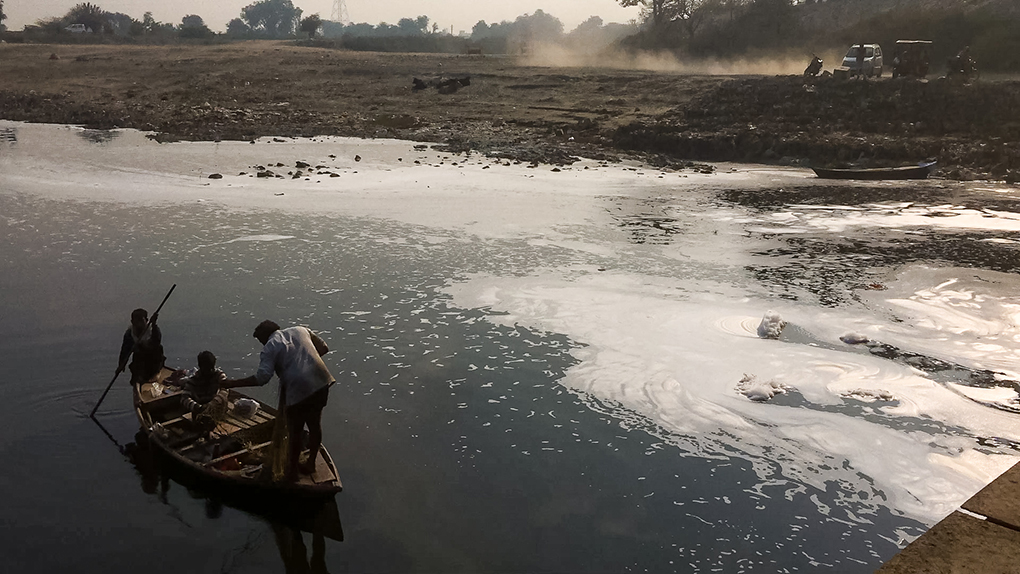
Pappan Kashyap is from a traditional fisher family that still lives on the Yamuna bank. “There are hardly any fish in the Yamuna these days,” he said. “It’s better during the monsoon but still not as it used to be ten years ago.” Kashyap now works as a diver for the police, a job that has involved fishing dead bodies out of the murky waters. He is especially proud of his nephew, who has won the President’s Award for saving several children from drowning.
Garbage flows unhindered
Industrial pollution has stopped during the lockdown, but not domestic sewage, much of which continues to flow untreated into the river because the treatment plants cannot cope with the volume. The cleaner look of the Yamuna waters during the lockdown shows the role earlier played by industrial pollution. But that cannot take away from the importance of treating all domestic waste and using the riverbank as a dumping ground.
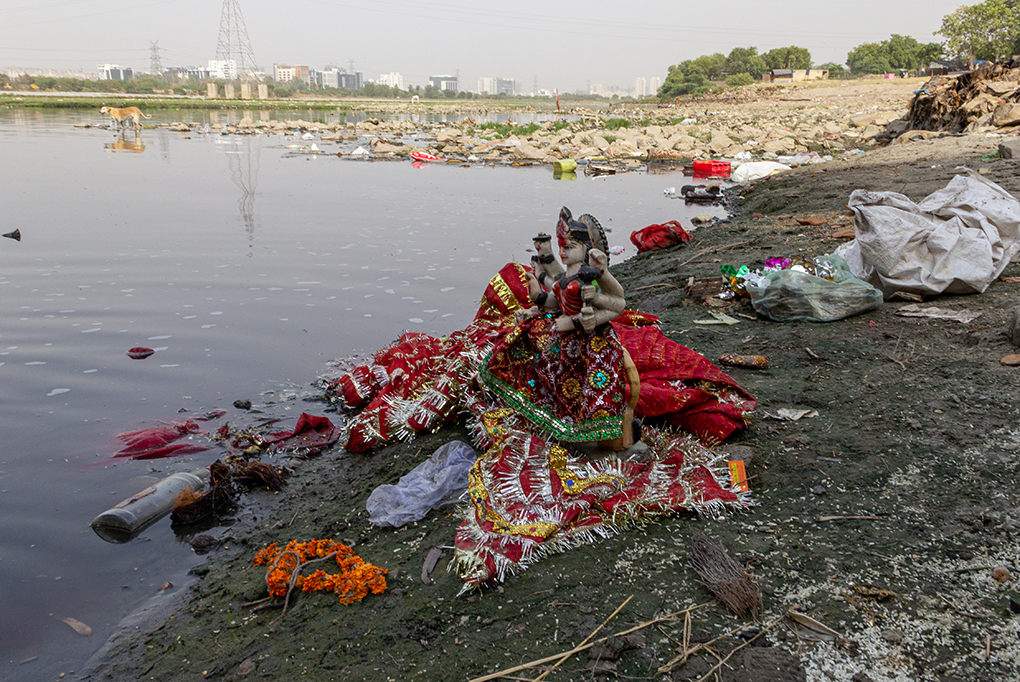
Life on the riverbank
Archana works as a part-time domestic help in various houses in Noida, a satellite town of New Delhi. Twelve years ago, she, her husband, one daughter and three sons moved from their village in West Bengal in search of a better livelihood. Her husband does not like it in New Delhi, and stays in the village as long as he can. He usually comes to their home in the Yamuna bank every monsoon to join other fishers, though he did not do so last monsoon. With two of her sons married, Archana’s salary supports the whole family; she also sends money back to the village.
Archana’s day starts at 5 in the morning. She comes home around 2 pm after her morning shifts, then cooks lunch, washes clothes, cleans, bathes her grandchildren and herself, and feeds the grandchildren before eating anything herself. By 5 pm, she is back at work. All the women in the slum have similar routines.
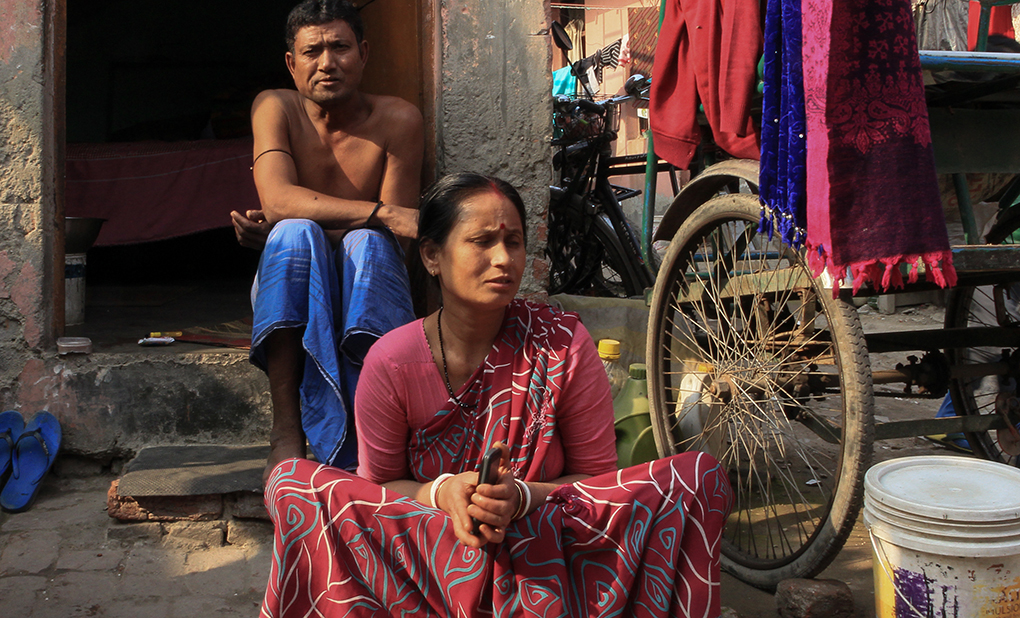
Even when it was biologically dead, the Yamuna was still a revered river. Many Hindus pray to it regularly. Now all those living close to the river – especially those living on the riverbanks and dependent on it for a living – are hoping that the resurrection does not prove ephemeral.

![<p>The Yamuna as it was before its resurrection, and the fishers who had to make a living in its murky waters [image by: Richa Singh]</p>](https://dialogue.earth/content/uploads/2020/05/Yamuna-Pollution-multimedia-story-Richa-Singh-Image-3.jpg)

